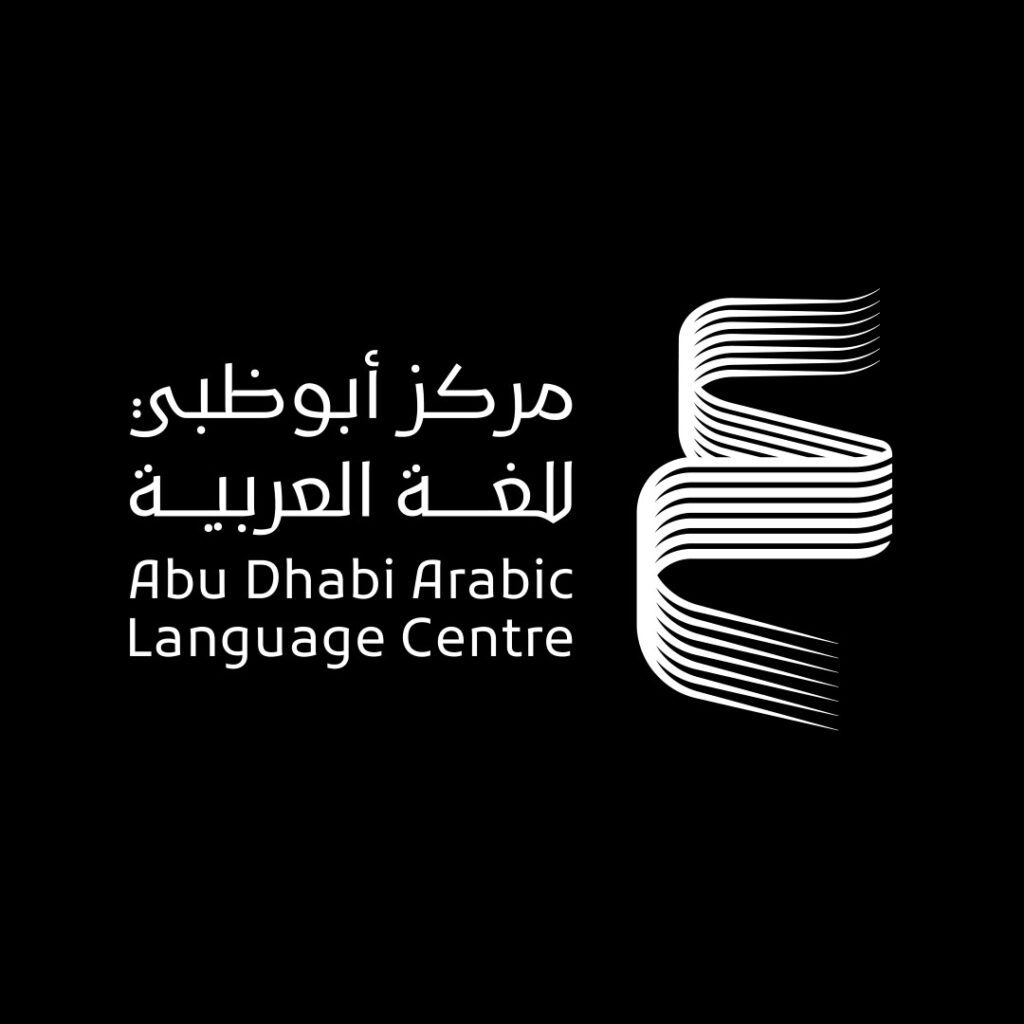Abu Dhabi Arabic Language Centre to strengthen Arabic calligraphy worldwide

Abu Dhabi, The Gulf Observer: The Kalima Club at the Abu Dhabi Arabic Language Centre (ALC), part of the Department of Culture and Tourism – Abu Dhabi (DCT Abu Dhabi), organised a cultural retreat titled ‘Arabic Calligraphy: Specifics and International Outlook’, at the House of Wisdom in the Emirate of Sharjah, following last year’s retreat on the same subject.
The retreat sought to discuss the notable role of Arabic calligraphy, its current standing among world cultures, and ways to support it in light of rapid technological advancements.
Dr. Ali bin Tamim, Chairman of the ALC, attended the event, along with Saeed Hamdan Al Tunaiji, Acting Executive Director of the ALC, and prominent pioneers of Arabic calligraphy who discussed ways to promote the artform, highlight the challenges it faces, outline its future prospects, and underline the significant role it plays in terms of communicating with other cultures.
The retreat discussed several notable topics, including Arabic calligraphy in different cultures around the world, as well as in academic curricula, arts, and language, in addition to the future visions for this traditional artform.
“Since its launch, the Abu Dhabi Arabic Language Centre has sought to play a significant role in the advancement of the Arabic language, and to drive interest in learning it among both native and non-native speakers,” said Saeed Hamdan Al Tunaiji.
“The Centre has worked to promote the language by implementing initiatives and projects that align with the UAE Government’s strategy to prioritise the Arabic language and strengthen its position among world languages.”
“Arabic calligraphy boasts a distinctive visual character that has allowed the Arabic language to flourish, develop, and interact with various cultures, languages, and civilisations, demonstrating its plurality, diversity, and flexibility, and cementing its status as a language of literature, creativity, science, philosophy, art, and beauty, and a platform for diverse artistic experiences,” Al Tunaiji added.
The retreat helped to produce a set of recommendations that support the future vision for the advancement of the Arabic language, underlining the importance of holding exhibitions to introduce Arab visual culture, and calling for promoting the teaching of calligraphy in school curricula.
Participants stressed the need to include Arabic calligraphy in tourist hotspots, encourage both the government and private sectors to display artworks that showcase Arab art and support its creators, and finally, to organise international awards and competitions in this field.
Participants in the retreat also concluded that it is necessary to use social and conventional media sites to promote Arabic calligraphy and its masters, in addition to collaborating with cultural attachés at UAE embassies to introduce this artform. The attendees called for archiving written heritage in a digital format, scrutinising written text in public spaces before displaying them, and encouraging the publication of books specialising in this artform.


